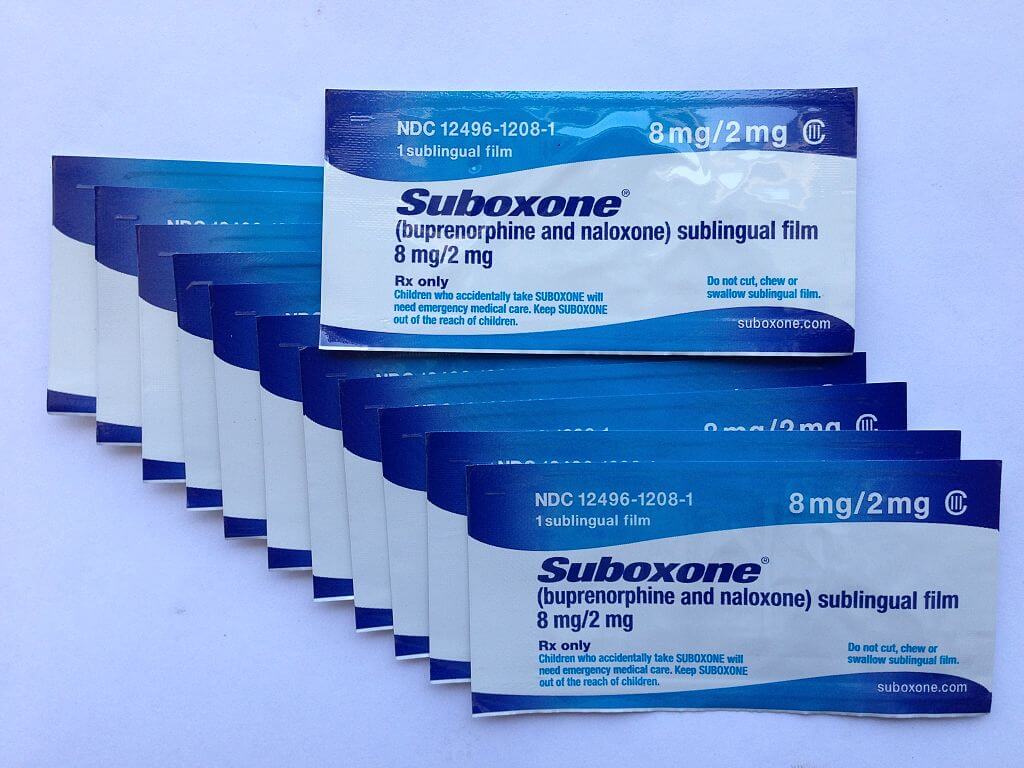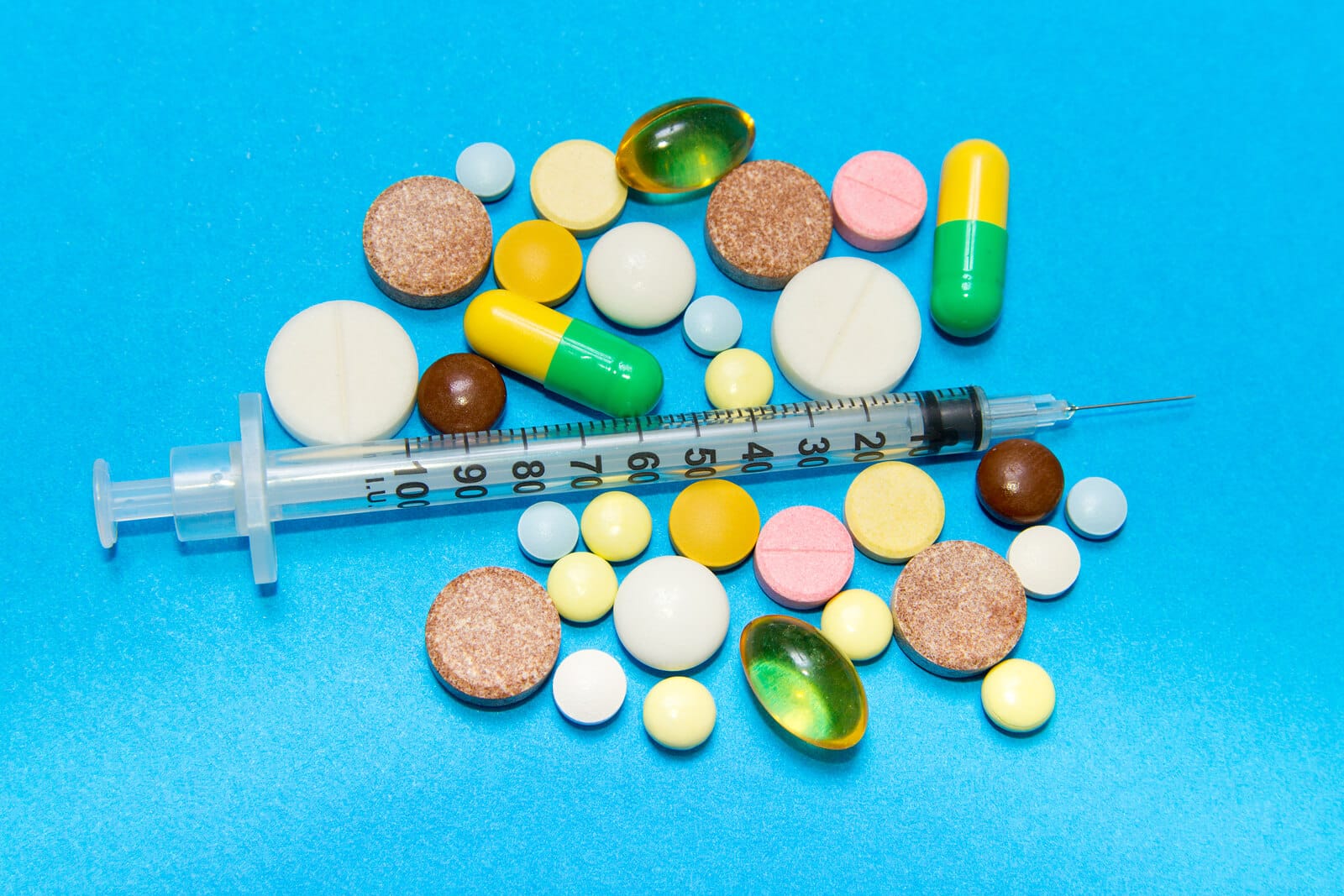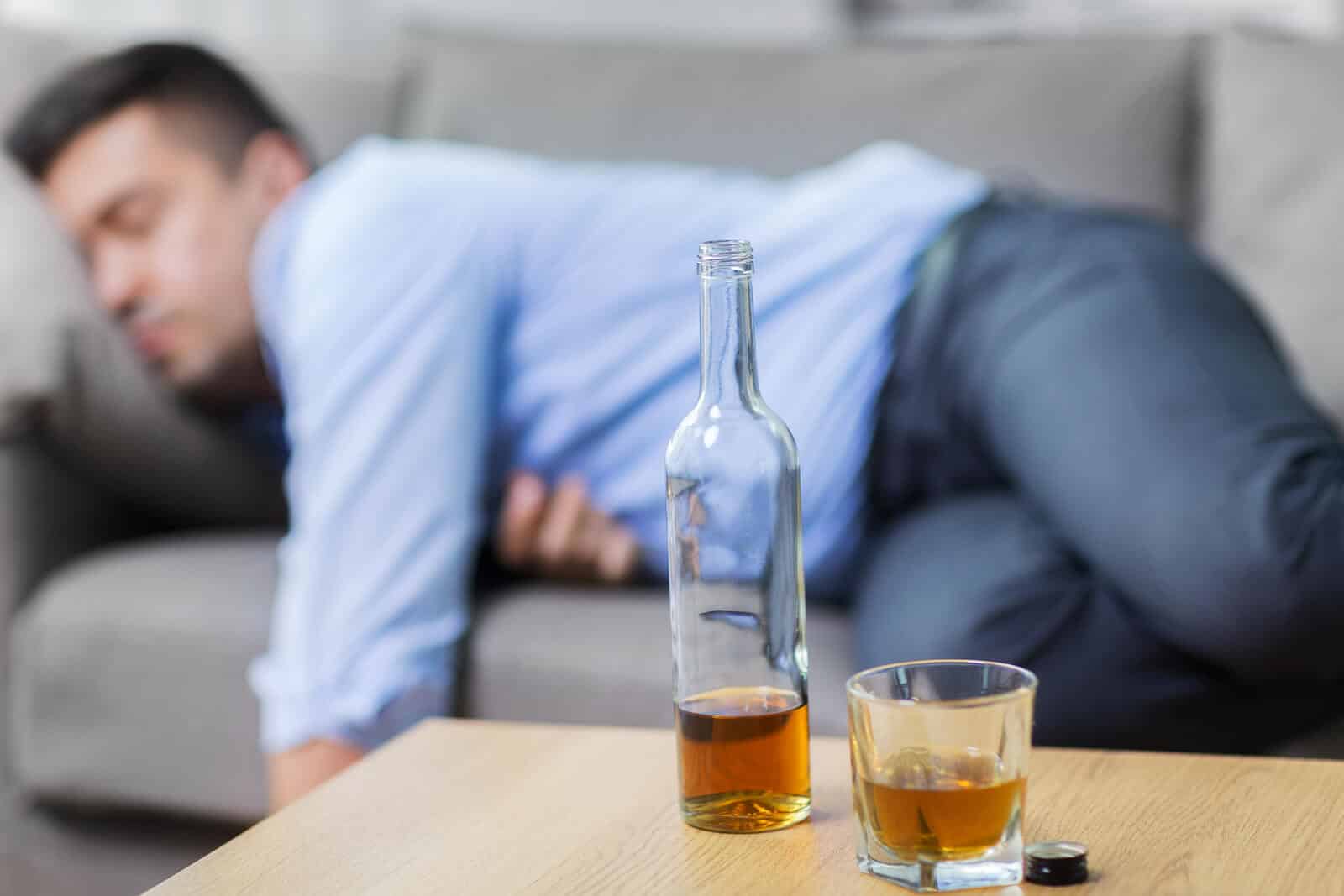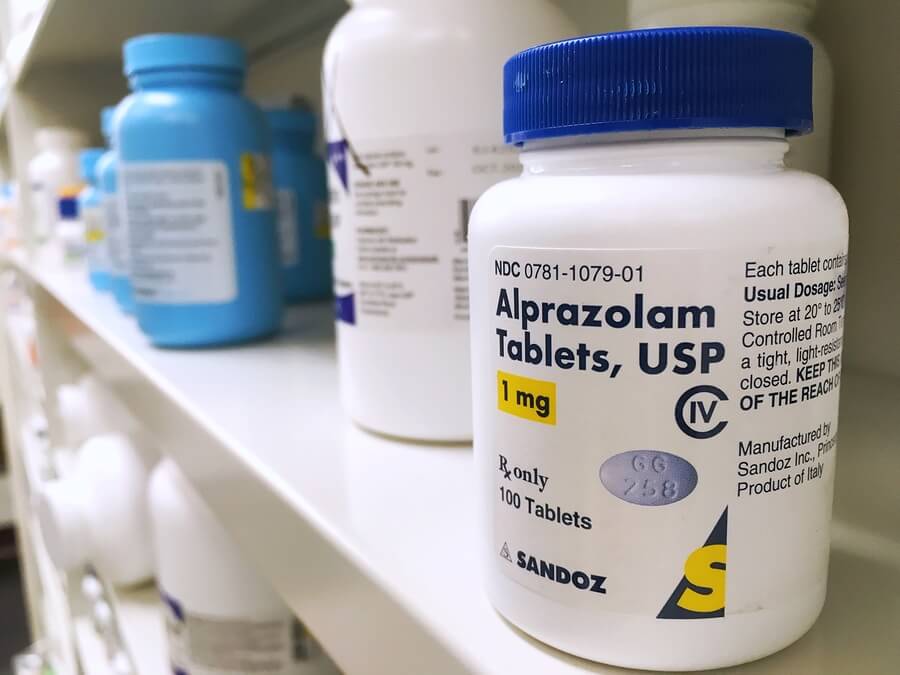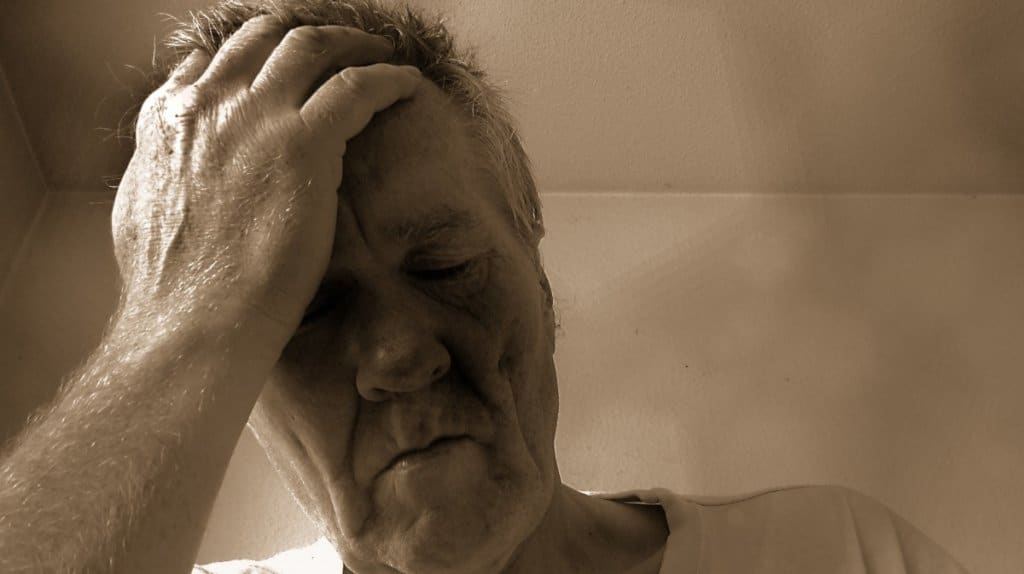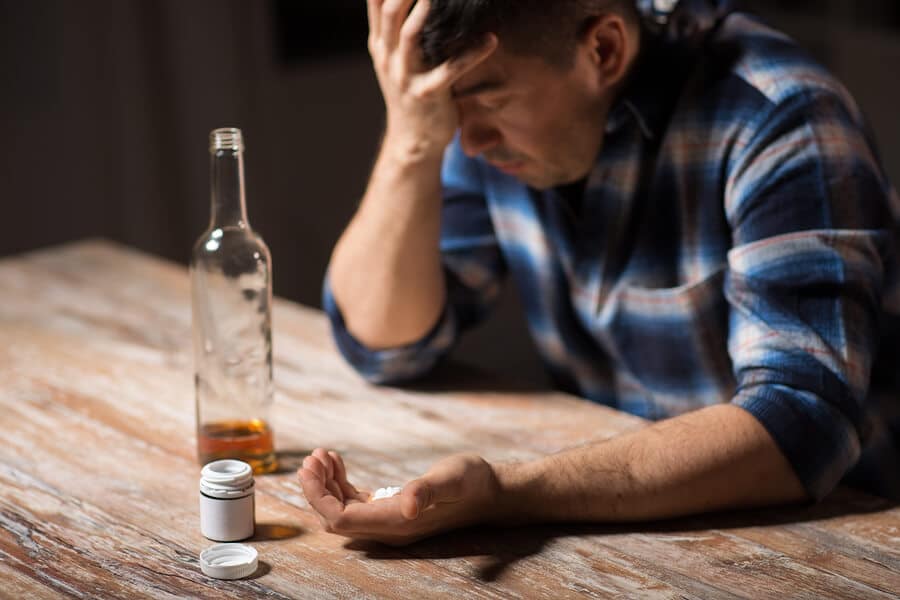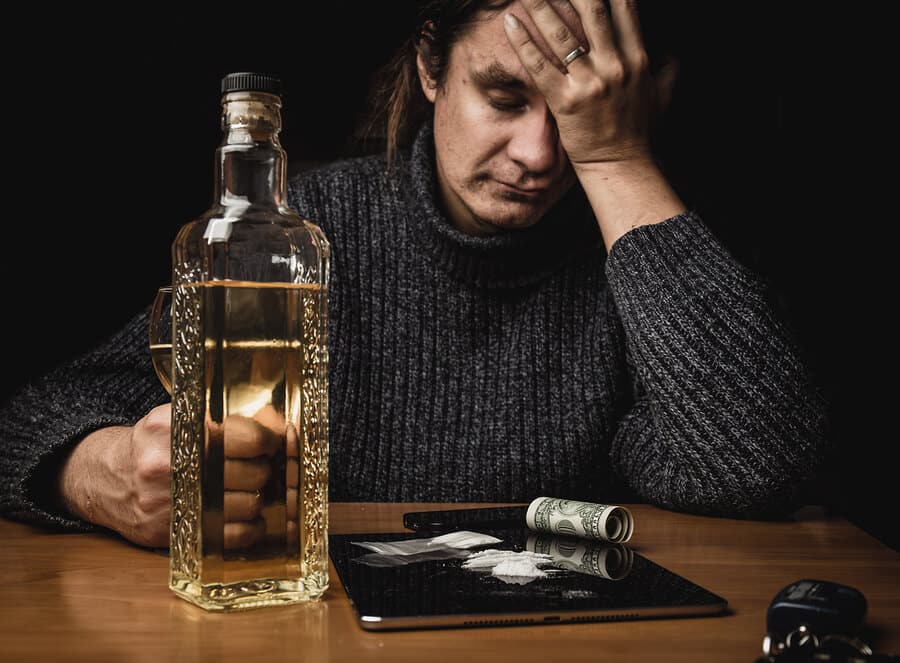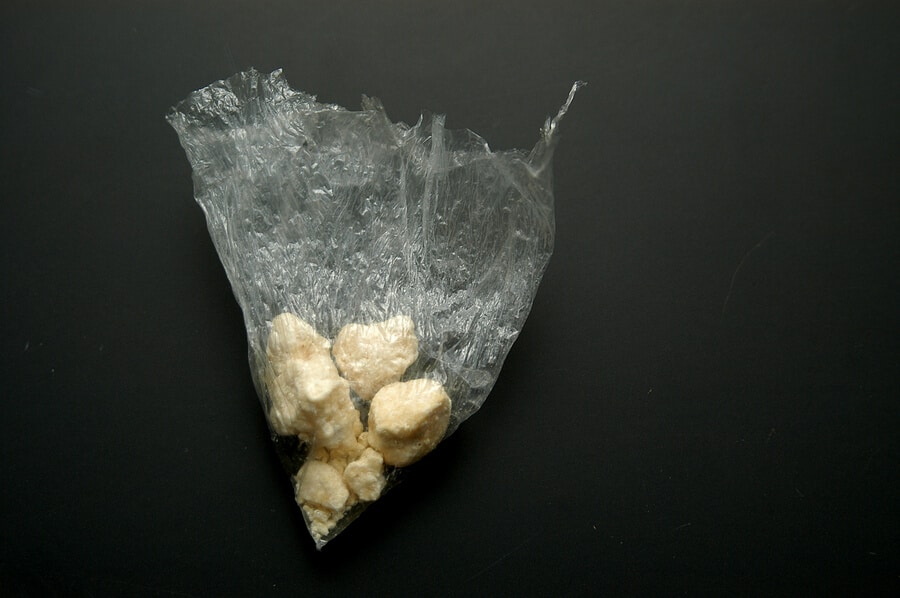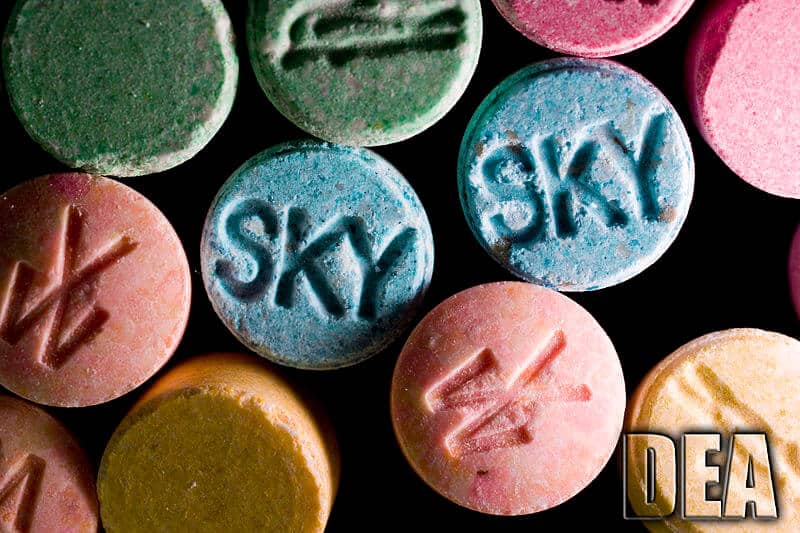
Is Ecstasy Addictive? – According to the National Institute on Drug Abuse, ecstasy, or MDMA, impacts many of the same neurotransmitters in the brain as other drugs, but research has not yet determined whether or not it is truly addictive.
Moreover, experiments have revealed that ecstasy does have a potential for addiction, but that its potential may be less than some other drugs, such as cocaine.
Of note, some people who use MDMA do report symptoms that may reflect addiction, including continuing to use the drug despite physical or psychological consequences, the development of tolerance, withdrawal symptoms upon cessation, and cravings.
What is MDMA or Ecstasy?
MDMA is a synthetic “designer” drug that has both stimulant and hallucinogenic properties. Use produces an energizing effect, time/perception distortions, and increased pleasure from sensory experiences. Ecstasy users have also reported feeling an increase in self-awareness and empathy.
The term “ecstasy” is often used to refer to MDMA found in a tablet or capsule form, which is the most popular method of using the drug. However, some investigations have found ecstasy tablets containing MDMA at varying concentrations, and also some batches laced with a number of other drugs, such as methamphetamine, which can be harmful.
Effects of Ecstasy
Once MDMA is consumed in tablet form, the person begins feeling the effects about 45 minutes later on average. These effects peak 15-30 minutes after they are first experienced and last around 3 hours.
People typically consume one to two tablets at a time, with each tablet containing between 50-150 milligrams of MDMA on average. People often take a second dose as the effects of the first dose begin to subside, thereby increasing the risk of adverse side effects as the doses combine.
Desired effects of MDMA may include the following:
- Enhanced sense of well-being
- Increased extroversion
- Emotional warmth
- Increased empathy toward others
- Willingness to discuss emotionally-charged memories
- Enhanced sensory perception
Side effects may include the following:
- Involuntary jaw clenching
- Lack of appetite
- Detachment from oneself (depersonalization)
- Illogical or disorganized thoughts
- Restless legs
- Nausea
- Hot flashes or chills
- Headache
- Sweating
- Muscle or joint stiffness
- Faintness
- Panic attacks
More severe side effects, which are rarely but potentially life-threatening, include the following:
- Dramatically increased body temperature (hyperthermia)
- High blood pressure (hypertension)
- Loss of consciousness
- Seizures
Due to its stimulant properties and the situations in which it is often used – such as dancing at clubs, raves, concerts, etc. – ecstasy can result in a significant rise in body temperature (hyperthermia). Treatment for hyperthermia requires immediate medical attention, as it can rapidly lead to muscle breakdown or an electrolyte imbalance. This condition, in turn, can cause kidney failure or a fatal swelling of the brain.
When ecstasy is used in combination with vigorous exercise, this also causes dehydration, compelling some people to drink copious amounts of liquids. However, this could actually heighten the risk of electrolyte imbalance or brain swelling because MDMA causes the body to retain water.
In the hours after using ecstasy, it can produce marked reductions in a person’s ability to perceive and predict motion, such as the ability to determine if a driver is in danger of colliding with another vehicle. This fact underscores the potential dangers of performing complex or skilled activities while under the influence of ecstasy.
Effects of Regular MDMA Use
Regular MDMA use has been associated with the following symptoms:
- Sleep disturbances
- Appetite loss
- Concentration difficulties
- Depression
- Heart disease
- Impulsivity
Also, heavy MDMA use over a 2-year period has been associated with a marked decrease in cognitive function.
Signs of Ecstasy Use
If someone close to you is exhibiting the following, they may be using ecstasy/MDMA or Molly:
- High levels of stimulation
- Unusual levels of energy
- Long hours of wakefulness
- Acting abnormally friendly
- Dancing for long periods
- Appearing overly sensitive to music or lights
- Exaggerated pleasure from touch
- Less sensitivity to pain
- Nausea, chills, and sweating
- Blurred vision and dilated pupils
- Muscle cramps
- Overheating
Treatment for Ecstasy Addiction
While ecstasy may not have the potential for addiction as other drugs, it can be abused, and research has shown that it can also be habit-forming. Using ecstasy is dangerous under any circumstance, but binging on the drug, especially in an environment conducive to overheating and physical exertion, is especially dangerous.
Persons who feel they are addicted to ecstasy are highly encouraged to undergo addiction treatment in the form of a comprehensive, evidence-based approach. Our center offers such programs in both inpatient and outpatient formats that include essential treatments such as psychotherapy, counseling, and group support.
We employ knowledgeable medical and mental health staff who specialize in addiction and deliver these services to our clients with care and expertise. Our goal is to ensure each client has the best chance for recovery and that we give them the tools they require to achieve abstinence and maintain long-term wellness and sobriety.
Call us today to find out how we can start you on the path to happiness and harmony!
